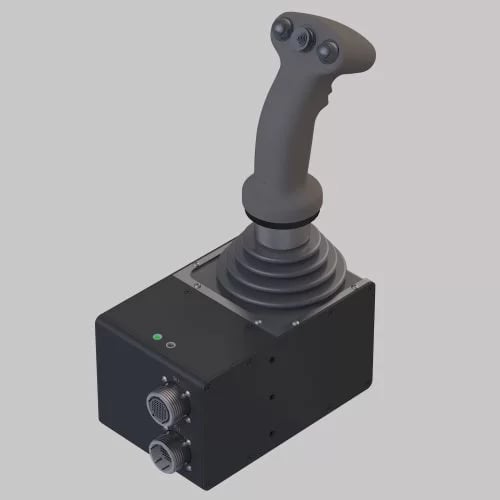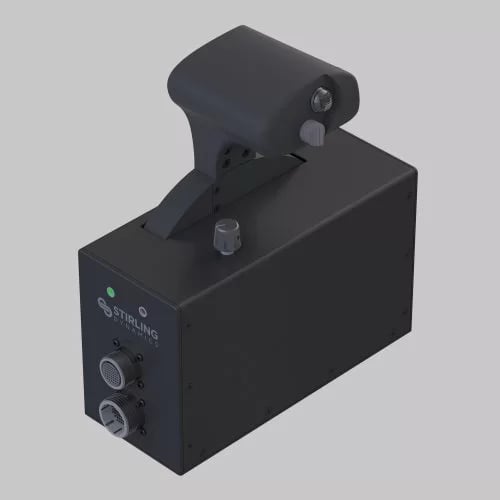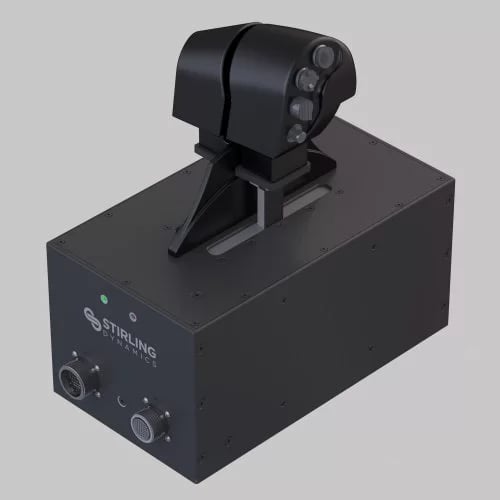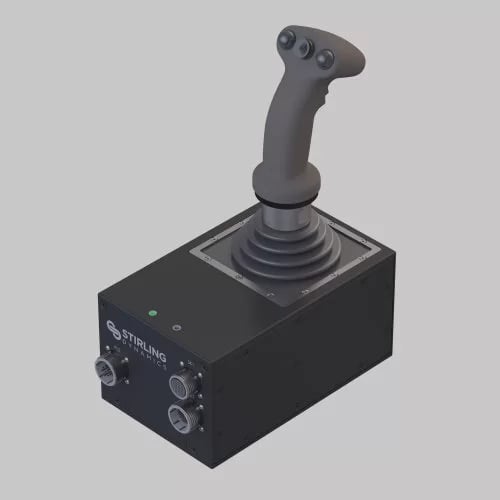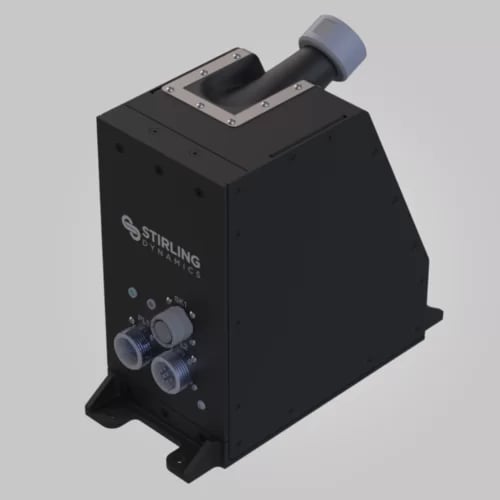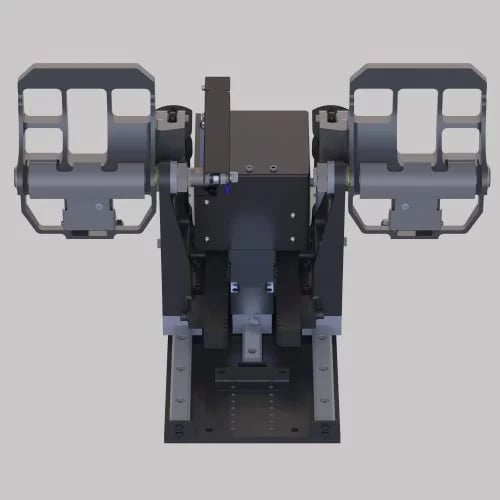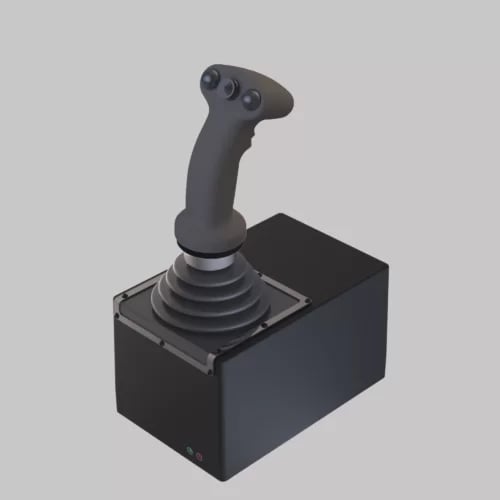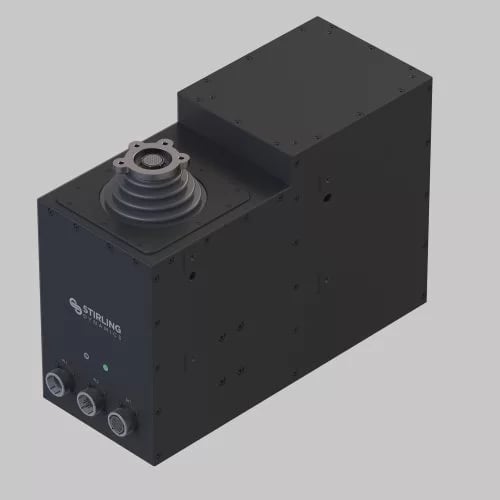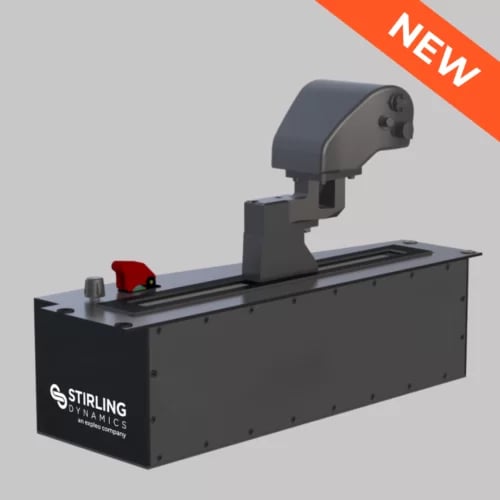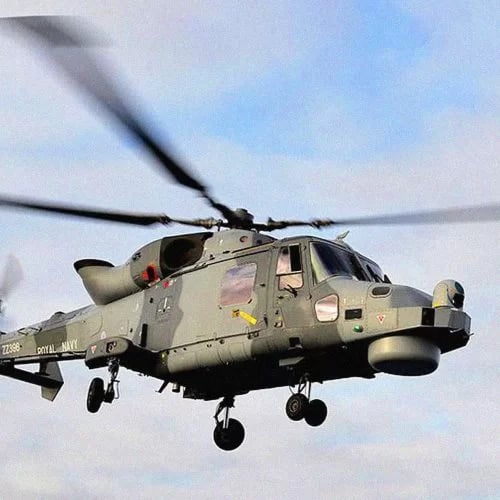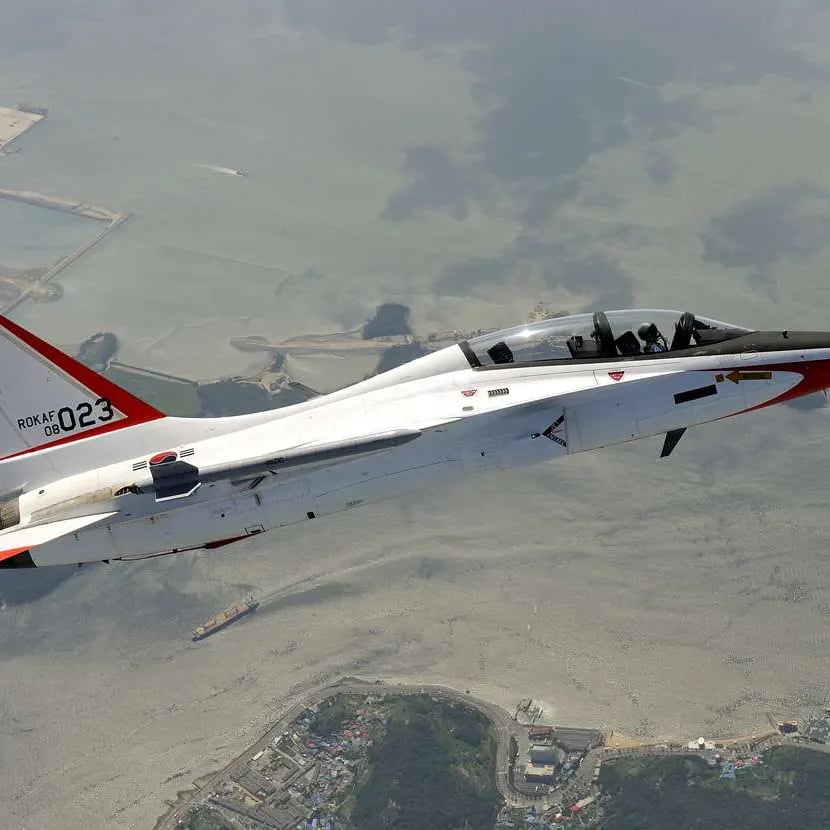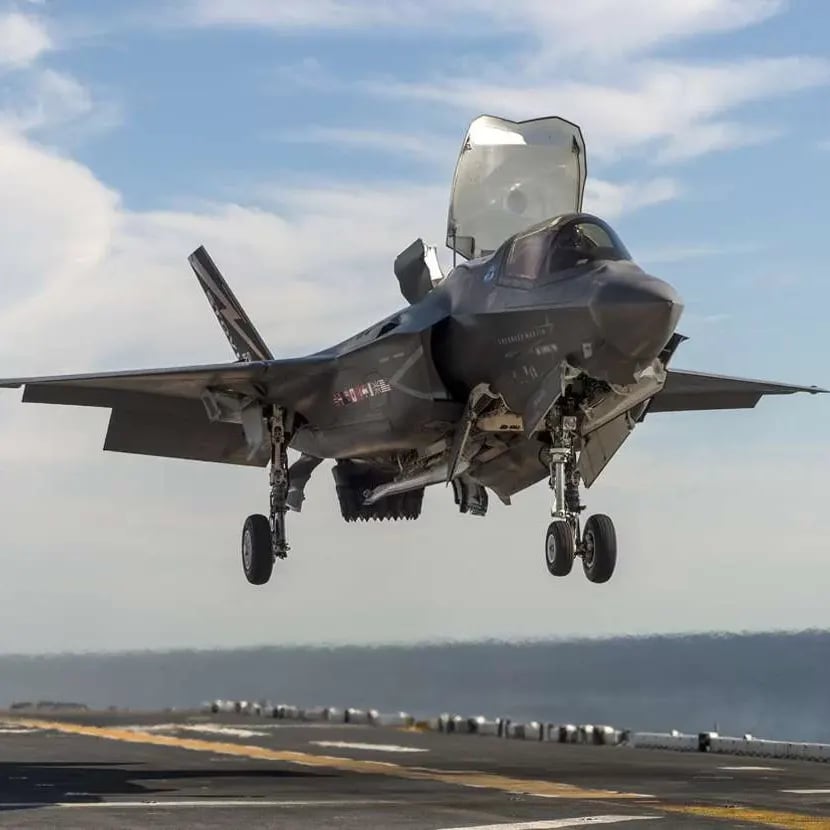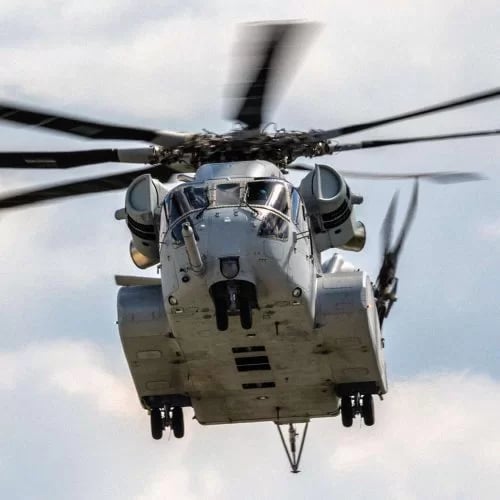Active Control Products
A Global Leader of Active Control Technology
- Sectors
- Cockpit Controls
- Active Controls
Active Control Product Family
Stirling Dynamics' wide range of active simulator products including side sticks, throttles, and pedals
For over three decades, Stirling Dynamics has pioneered active control technology and is proud to hold many industry and technology firsts, which includes supplying the controls for the first ever, fully active fly-by-wire helicopter flight. Today, we supply the active stick and throttles for the new F-35 pilot training simulators and continue to break new ground in cockpit control technology.
What Are Active Controls?
Active controls replace the traditional springs and dampers of a passive control system with motors and gearboxes, which are then commanded by real-time software to provide bespoke feel characteristics as selected by the user. These feel characteristics can be programmed to change dynamically during a simulation or test flight in response to any chosen stimulus.
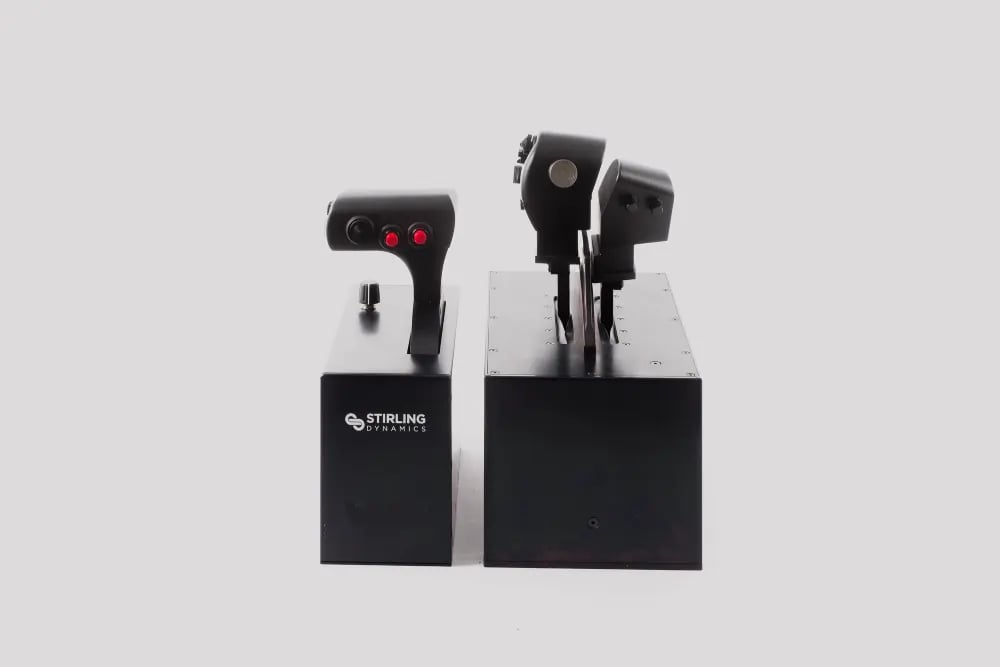
Active Controls in Action
Stirling Dynamics' simulator active controls are feature-rich and “like-for-like” in terms of realism and fidelity. We are unmatched in both experience and skill in the development and production of active control simulation cockpit sets that are totally immersive and highly effective in training pilots to take control of real aircraft.
Our Products Work Even Better Together
BUILD YOUR OPTIMUM SOLUTION
With versatility in mind, all of our active controls are commanded by a dedicated electronics Integrated Control Module (ICM), which provides an ethernet interface allowing minimal integration effort. From a single fixed wing cockpit to dual rotary cockpit configurations, multiple ICM's can be used in collaboration to provide designers with total flexibility.
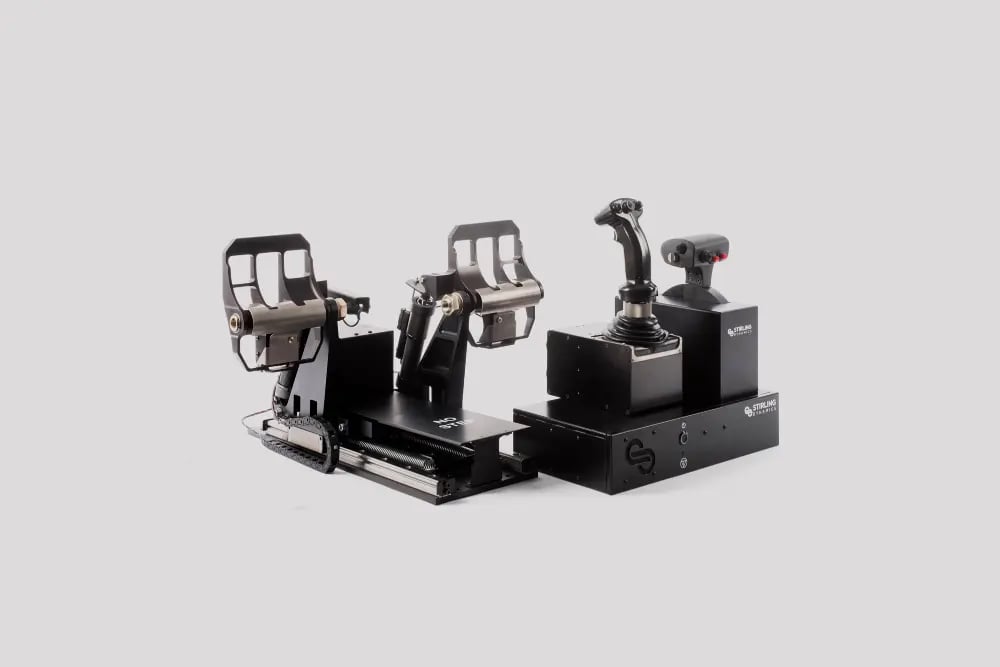
Do You Need a Bespoke Unit?
EXTENSIVE EXPERIENCE DEVELOPING UNIQUE CONTROLS FOR THE SIMULATION AND TRAINING INDUSTRY
We are frequently approached by customers to create replica cockpit controls for new concepts or newly designed aircraft. These replicas are often required to match the flightworthy units in every way and our existing simulator product range - which is fully active, compact, and linkable, without mechanical linkages - is the perfect starting point for developing a bespoke cockpit set.
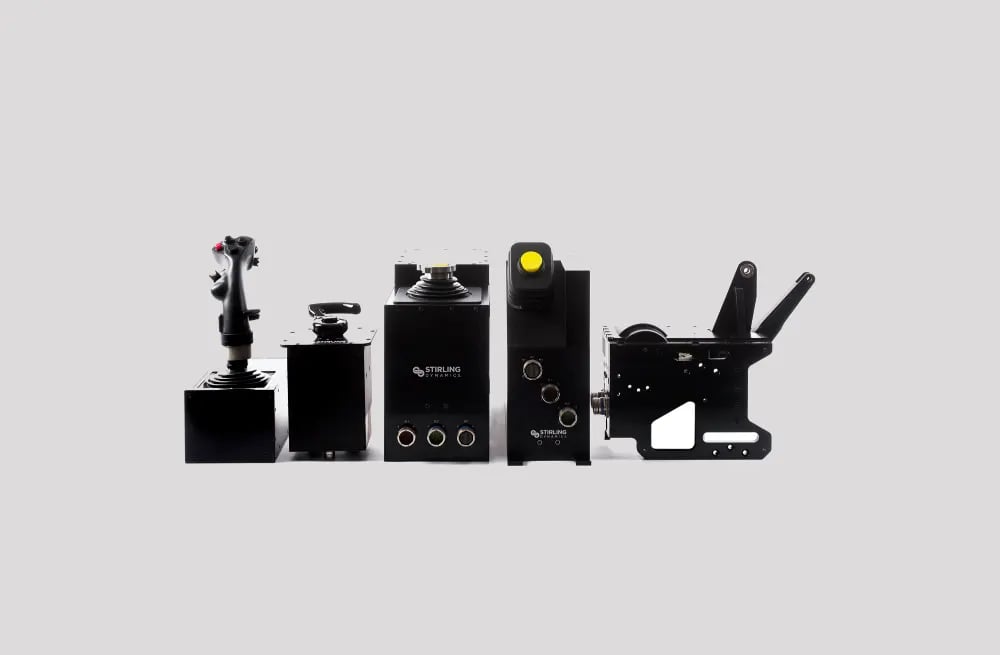
Active Controls FAQs
Do you have any questions about our active controls products? We have you covered.
-
Are all Stirling Dynamics active controls linkable?
Yes, all Stirling Dynamics active controls can be linked as standard except the Lite products . This means that pilot and co-pilot controls replicate each other’s movements without the need for mechanical linkages, providing constant awareness of all user inputs.
-
What voltage do your systems work at?
Our active control products require either a 28v, 48v or 60v supply, depending on the systems supplied, and we can provide the appropriate power supply to you.
-
How do I connect and control my new Stirling simulator product?
All our active controls interface to your simulator software through a UDP over LAN connection. Multiple systems can be connected via the LAN if they have their own IP address. We can provide a separate GUI (Graphical User Interface) that can seed the devices with specific settings, or you can send message sequences to configure your devices in real time.
-
I can't find my user manual documentation for my active control product, what do I do now?
No problem, we supply all user manual documentation electronically to customers as part of the product delivery process. However, we understand that as time goes on, this documentation can get misplaced. Contact us directly at productsupport@stirling-dynamics.com with your company and product details and we will re-send your user documentation.
"Stirling Dynamics is definitely one of the highest quality engineering companies we have experienced in the field of aerospace and military development."
"Stirling Dynamics provided their considerable experience to our loads group for two of our new aircraft projects. In both projects, they performed a highly-valued service and were very responsive to our needs."
"The Stirling team was extremely diligent during the project and solved various challenges in the supply chain caused by the Covid pandemic. "
"Stirling reacted to our urgent requirement and provided a great service with good communication throughout."
"When we send work to Stirling, we are always confident that it is in the very best of hands – they continue to exceed our most demanding expectations."
Latest Work
Replicating the flight seats for Lynx Wildcat Simulators
COCKPIT CONTROLS
Design and Development of a State-of-the-Art Motion Cueing System for KAI
COCKPIT CONTROLS
Explore the Cutting-Edge Design and Development of KAI's State-of-the-Art Motion Cueing System >
UH-60 and CH-47 Helicopter Active Controls for SGB Enterprises
COCKPIT CONTROLS
Discover SGB Enterprises' Innovations in UH-60 and CH-47 Helicopter Active Control Systems >
The F-35 Programme and Stirling Dynamics
COCKPIT CONTROLS
Dive into the synergy between Stirling Dynamics and the F-35 Programme >
Developing CH-53K simulator controls for NAVAIR
COCKPIT CONTROLS
Discover SGB Enterprises' Innovations in UH-60 and CH-47 Helicopter Active Control Systems >


